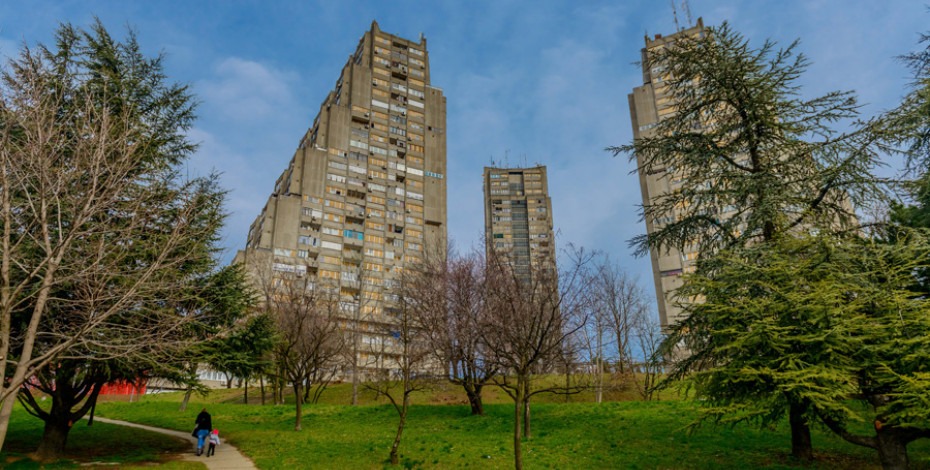How did some Belgrade neighborhoods get their names? Interesting facts!

Have you ever wondered why your neighborhood is named the way it is? There are many stories - some based on historical facts, others more like educated guesses. Either way, it is very interesting to learn about the origins of Belgrade's most famous neighborhoods.
Origin of the names of Belgrade municipalities
Vračar
There are a few theories about the name Vračar. Some say it comes from the Russian word vrač (doctor, healer, magician), referring to folk healers who once lived in the area. Others believe the name comes from the Turkish word for an elevated place, which makes sense since Vračar is one of the highest parts in the city.
Savski venac
This district got its name because of its geographic position. The area forms a kind of “wreath” (venac) around the Sava river, hence the poetic name.
Banjica
This area was once full of natural springs and mineral-rich waters, making it a place of healing and refreshment. Although most of these springs are now gone, the name of the Serbian word for mineral waters (Banja) remains.
Voždovac
This neighborhood was named after vožd Karađorđe, the leader of the First Serbian Uprising, who launched his campaign from this very spot in 1806.
Čukarica
The name likely comes from a local innkeeper, Stojko “Čukar” Janković, who owned a tavern in the area. Over time, both the tavern and the entire district became known as Čukarica.
Banovo Brdo
This hilltop neighborhood was named after Matija Ban, a 19th-century diplomat and writer who built a famous summer house here, attracting Belgrade’s intellectual elite.
Palilula
One of the more amusing name origins! In Ottoman times, smoking was forbidden in the city center due to fire risks, so people had to go outside the city to light up (paliti lulu = “light a pipe”). Thus, the area became known as Palilula.
Zvezdara
Originally called “Veliki Vračar,” this area got its current name after an astronomical observatory (in Serbian - Zvezdarnica) was built here in 1887.
Zemun
This district was once called Taurunum by the Romans, but its Slavic name, Zemun, comes from zemlin—a word meaning “earthen settlement,” referencing the traditional houses made of packed earth.
Konjarnik
This area was commonly used for grazing horses (konji), which is how it got its name.
Rakovica
According to legend, the Rakovica stream was so full of crayfish (rakovi) that the area was named after them!
Thinking about moving to Belgrade?
City Expert makes renting and selling real estate as easy as a walk through your favorite neighborhood. Check out the current offer of apartments in all city areas!
